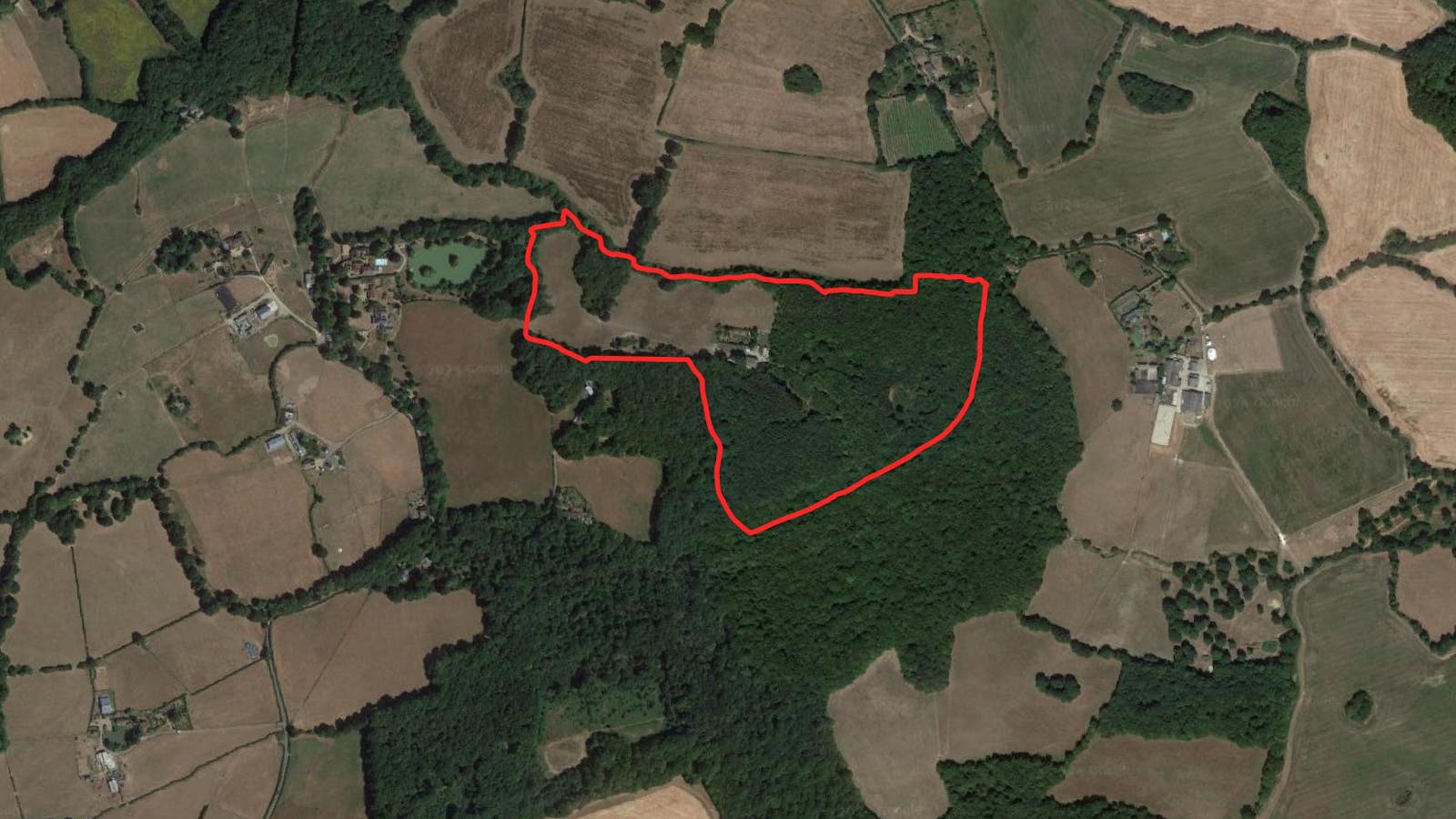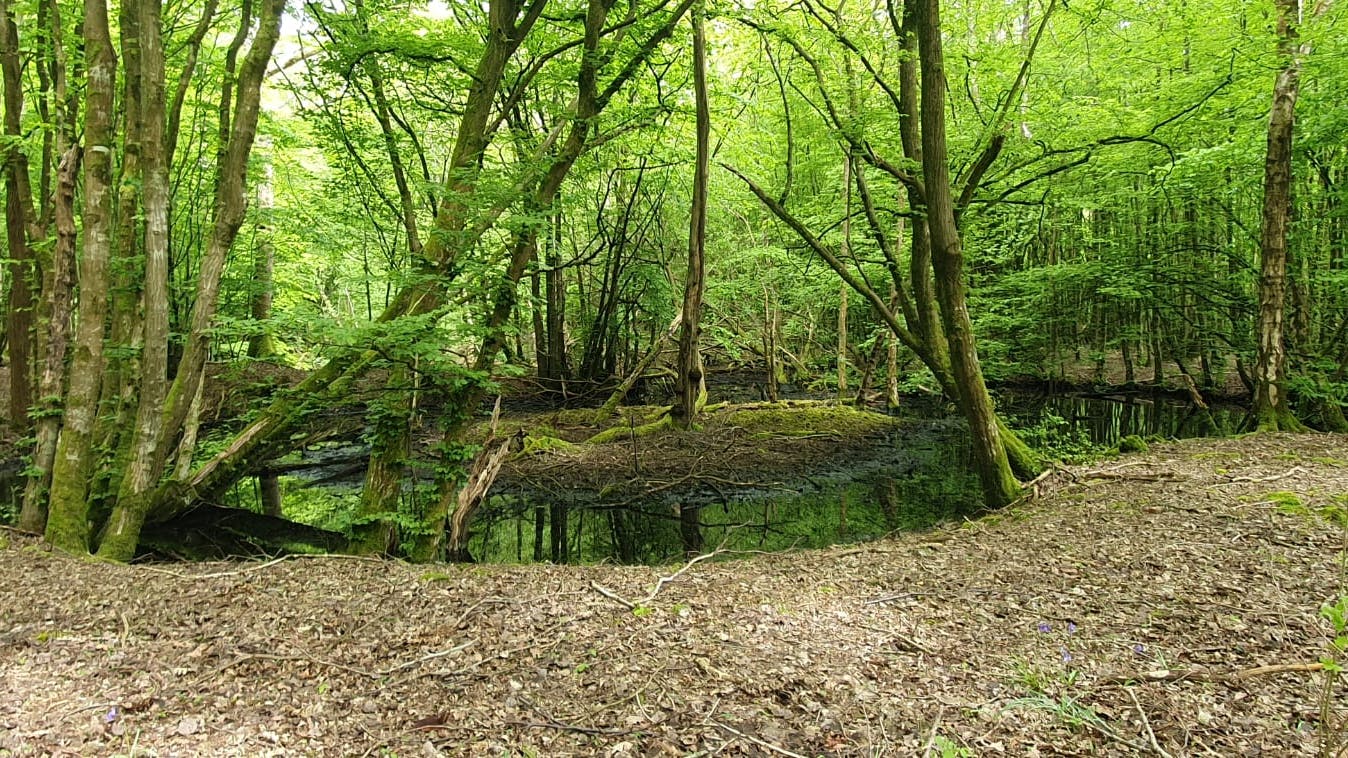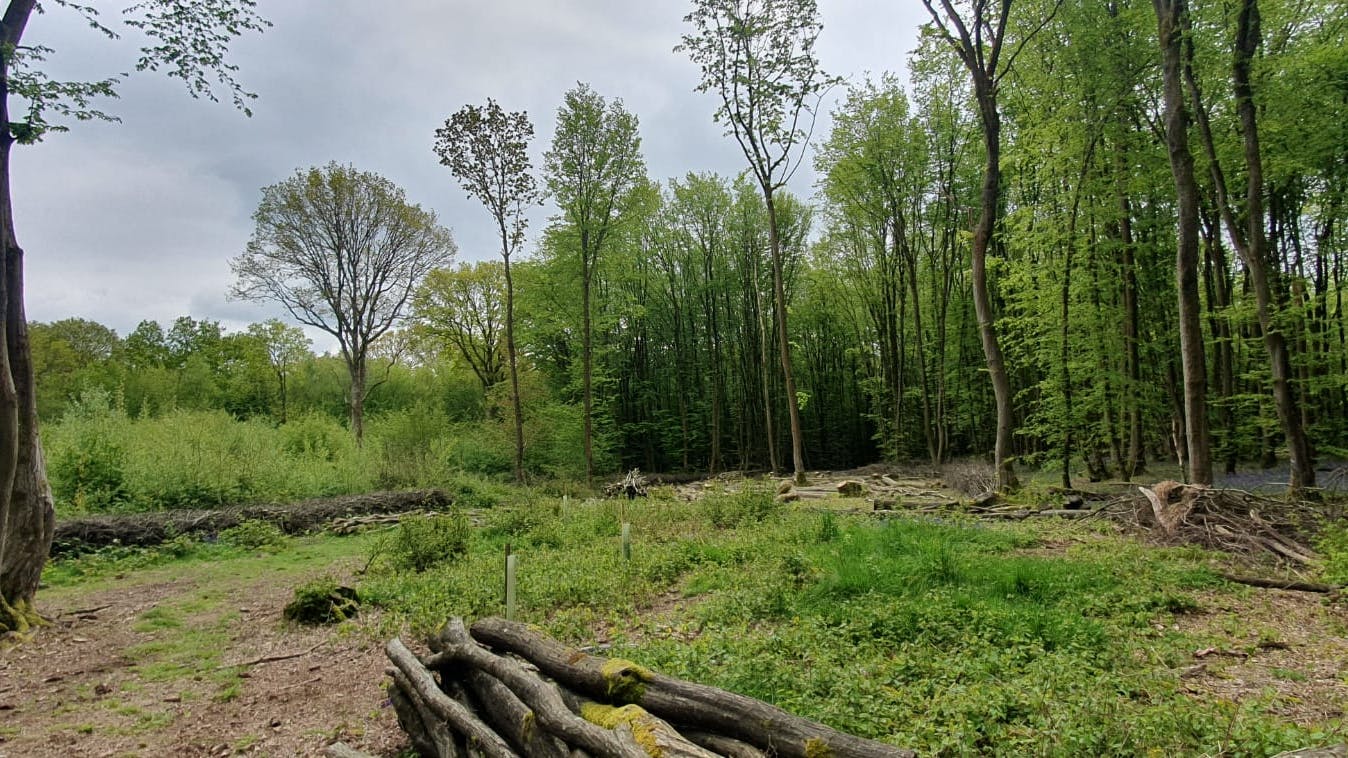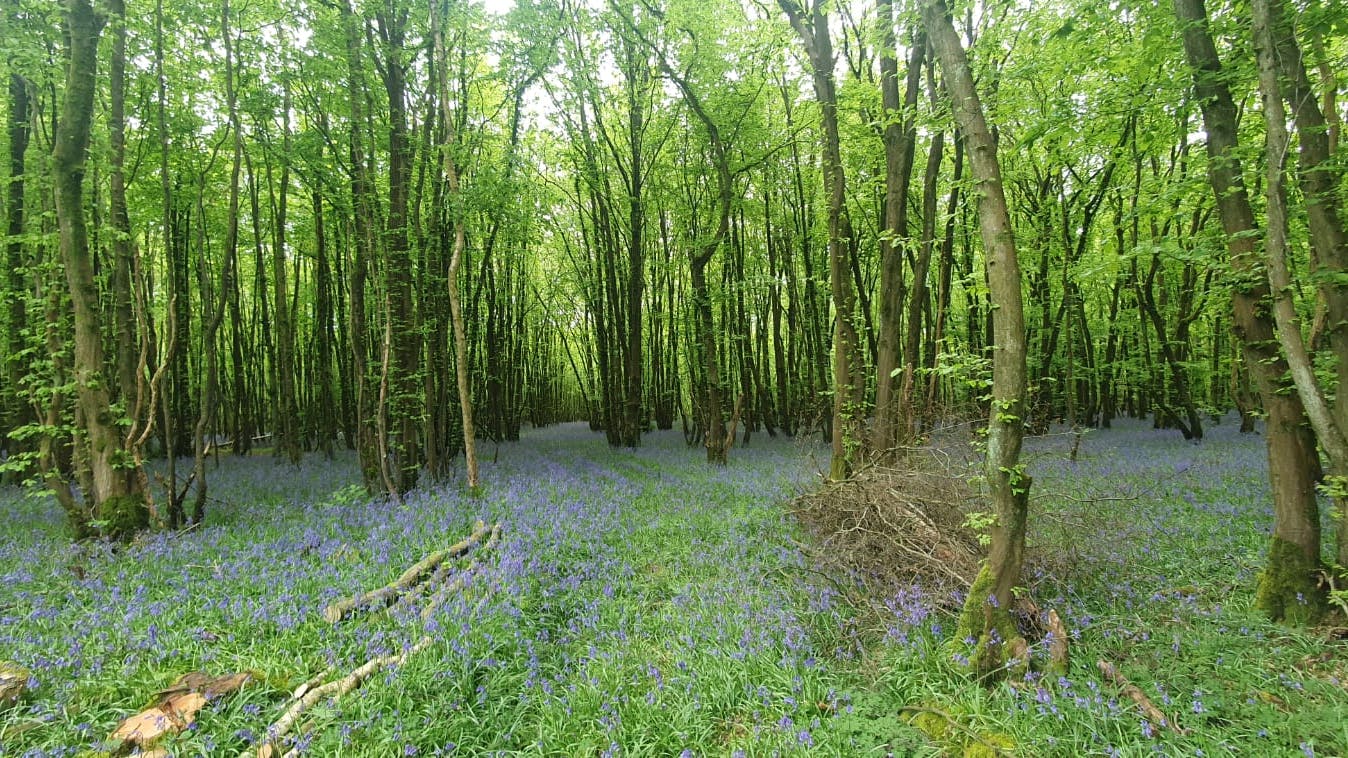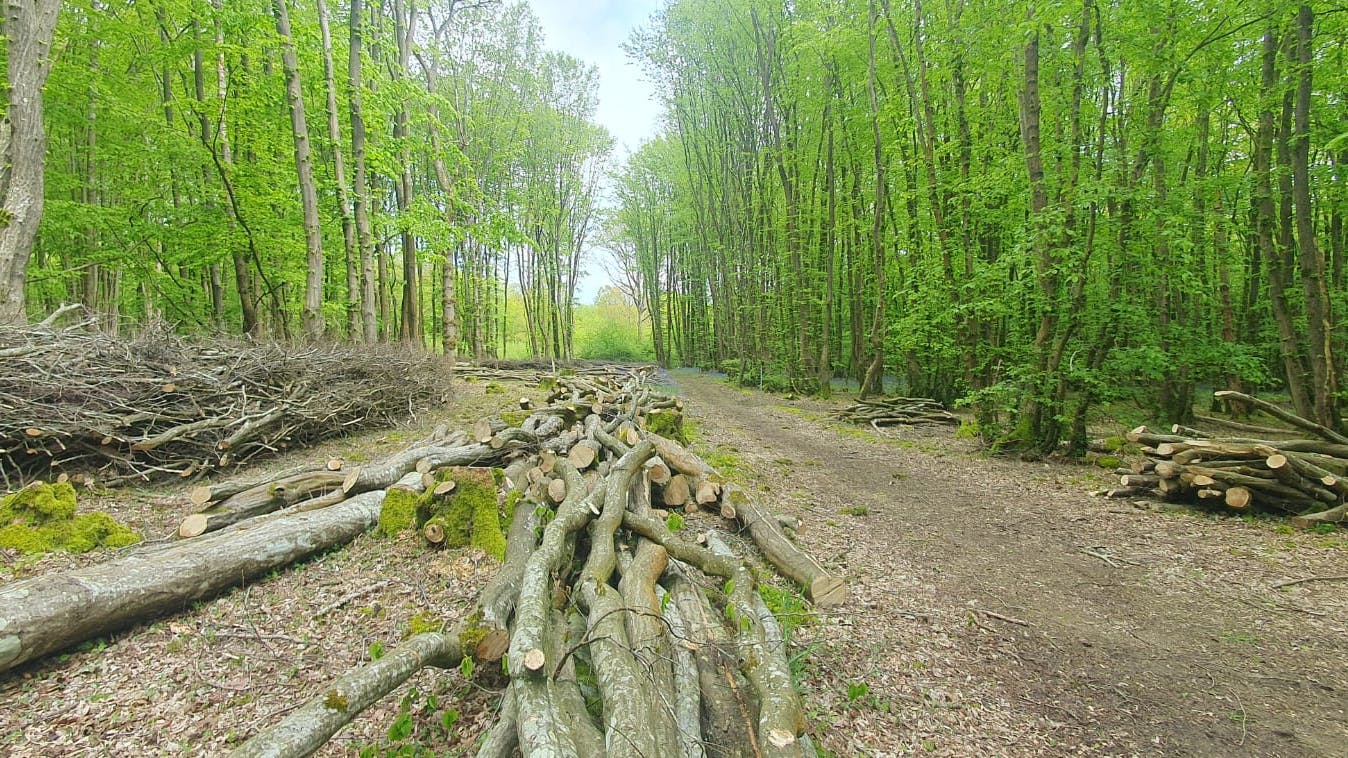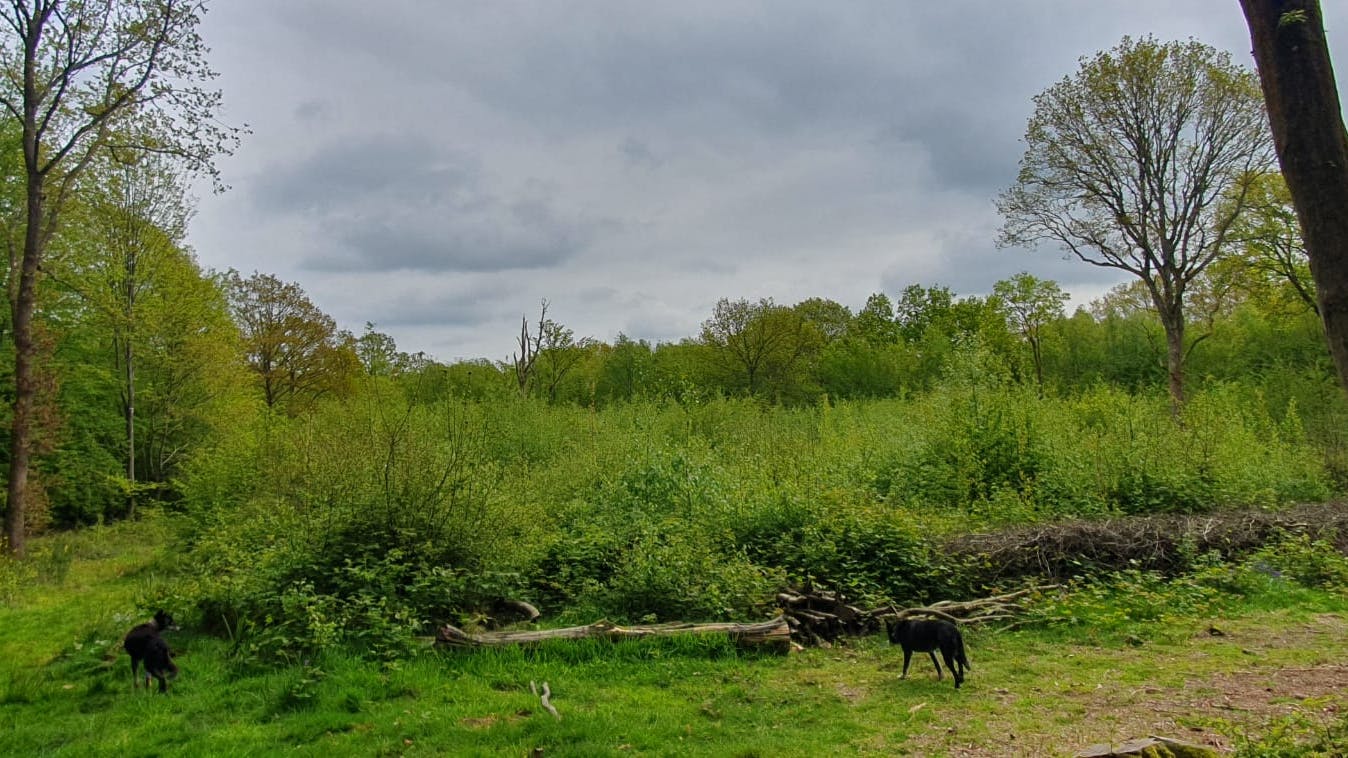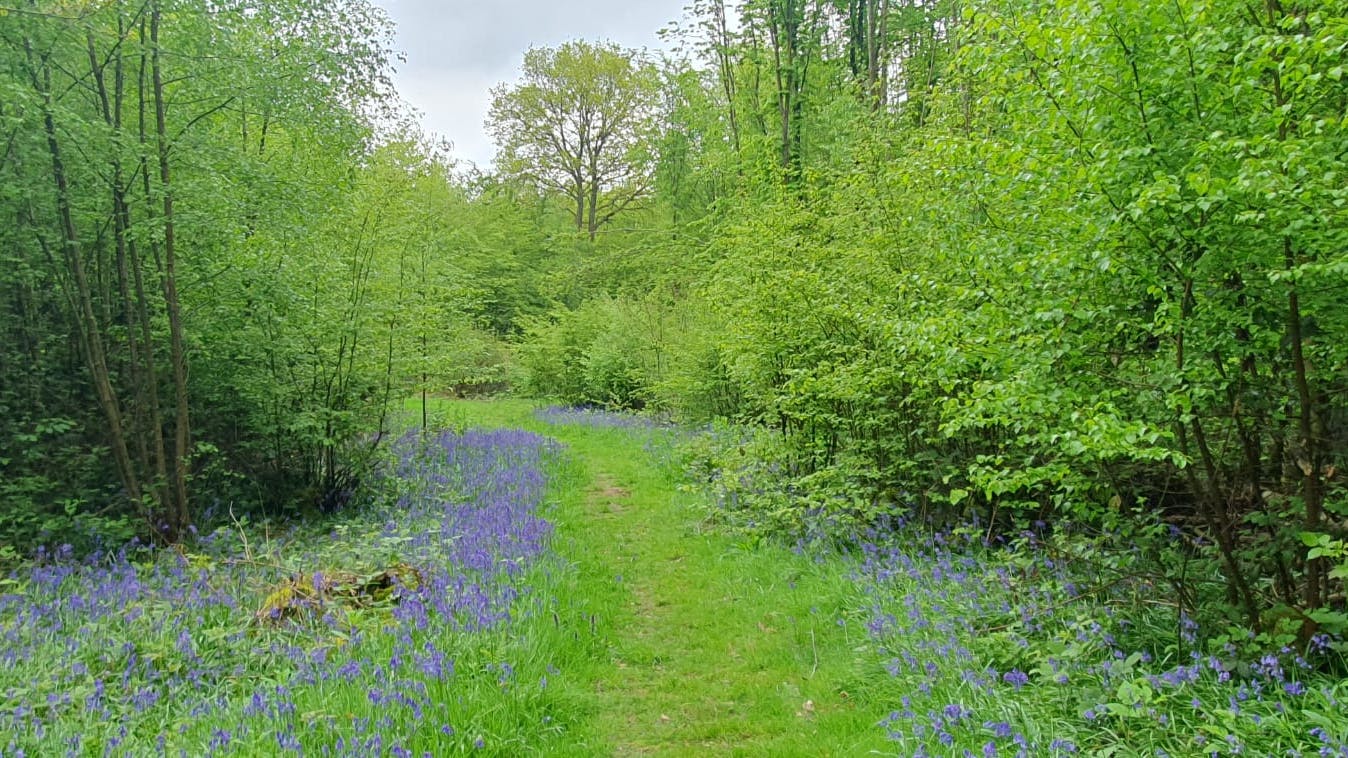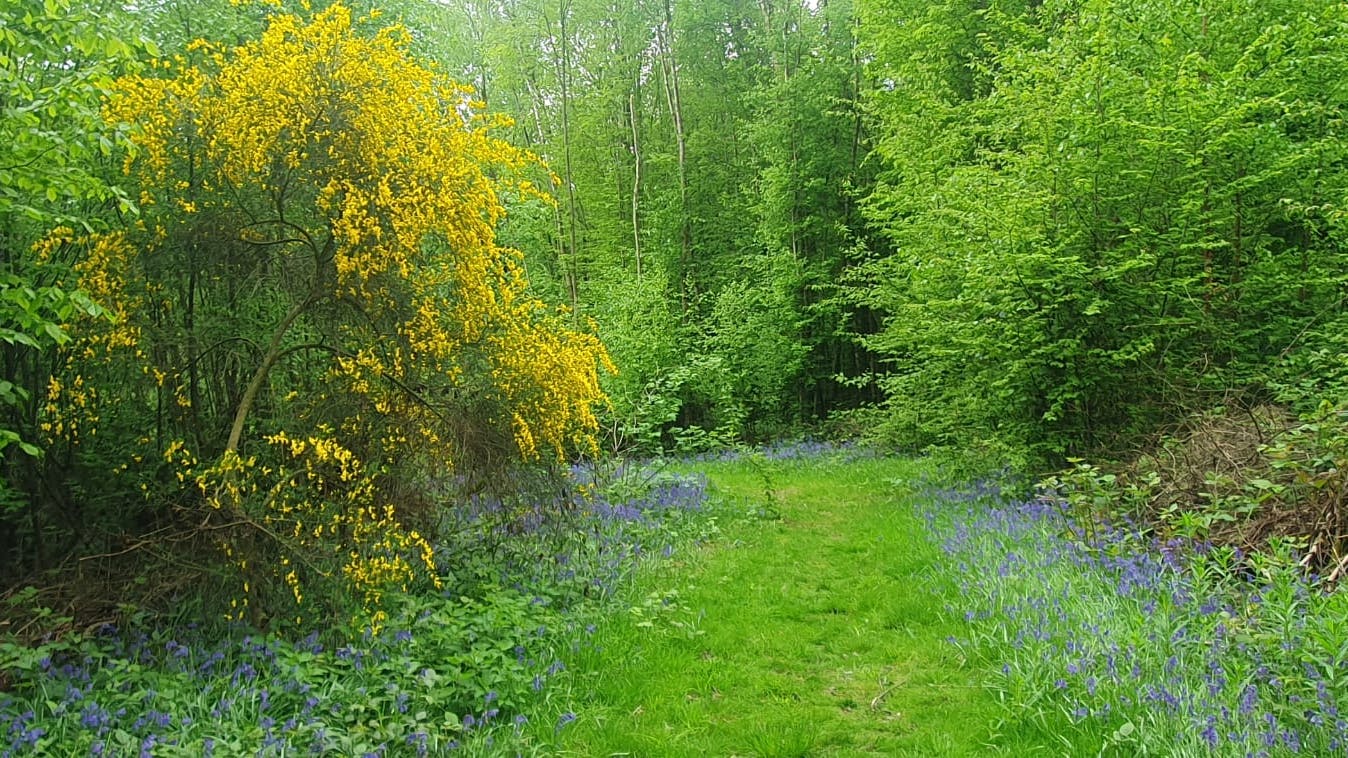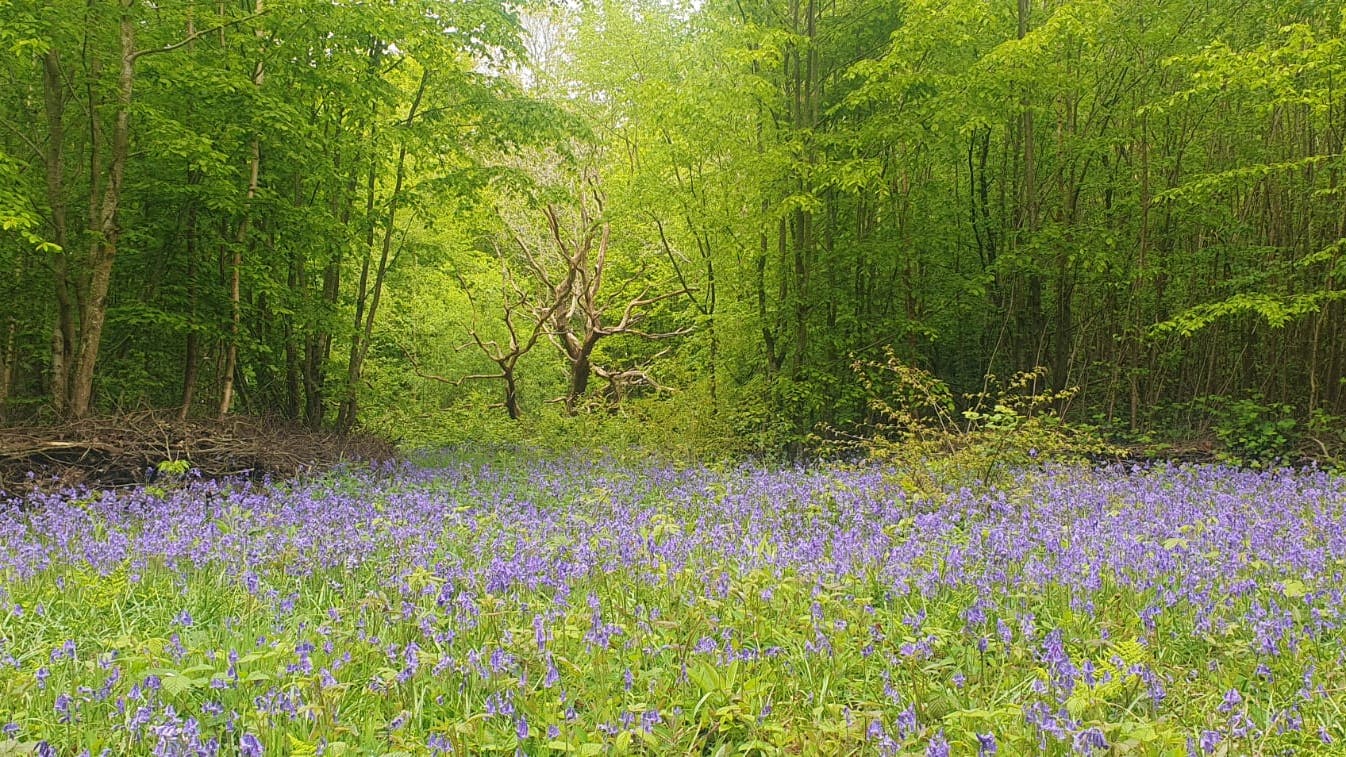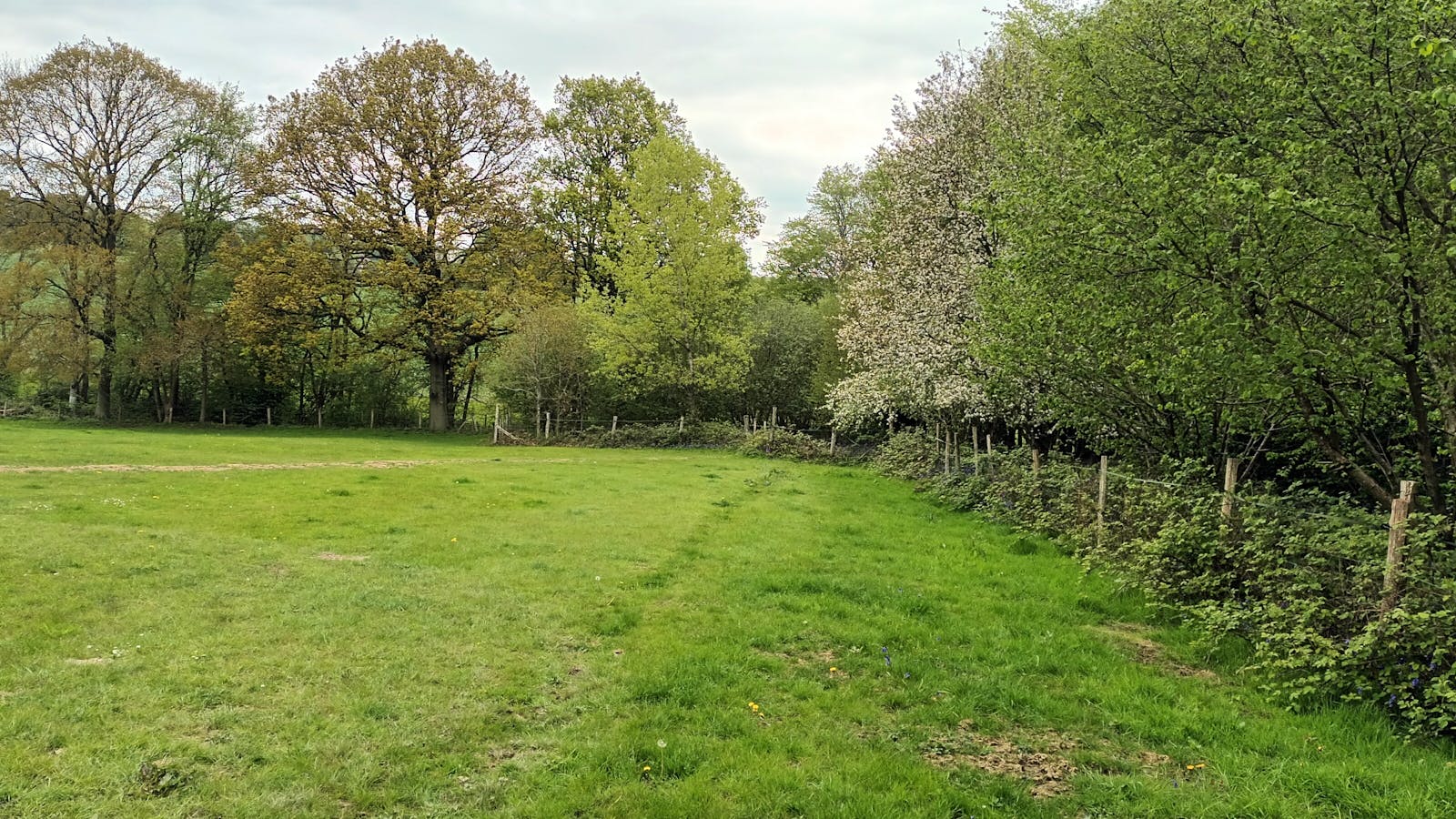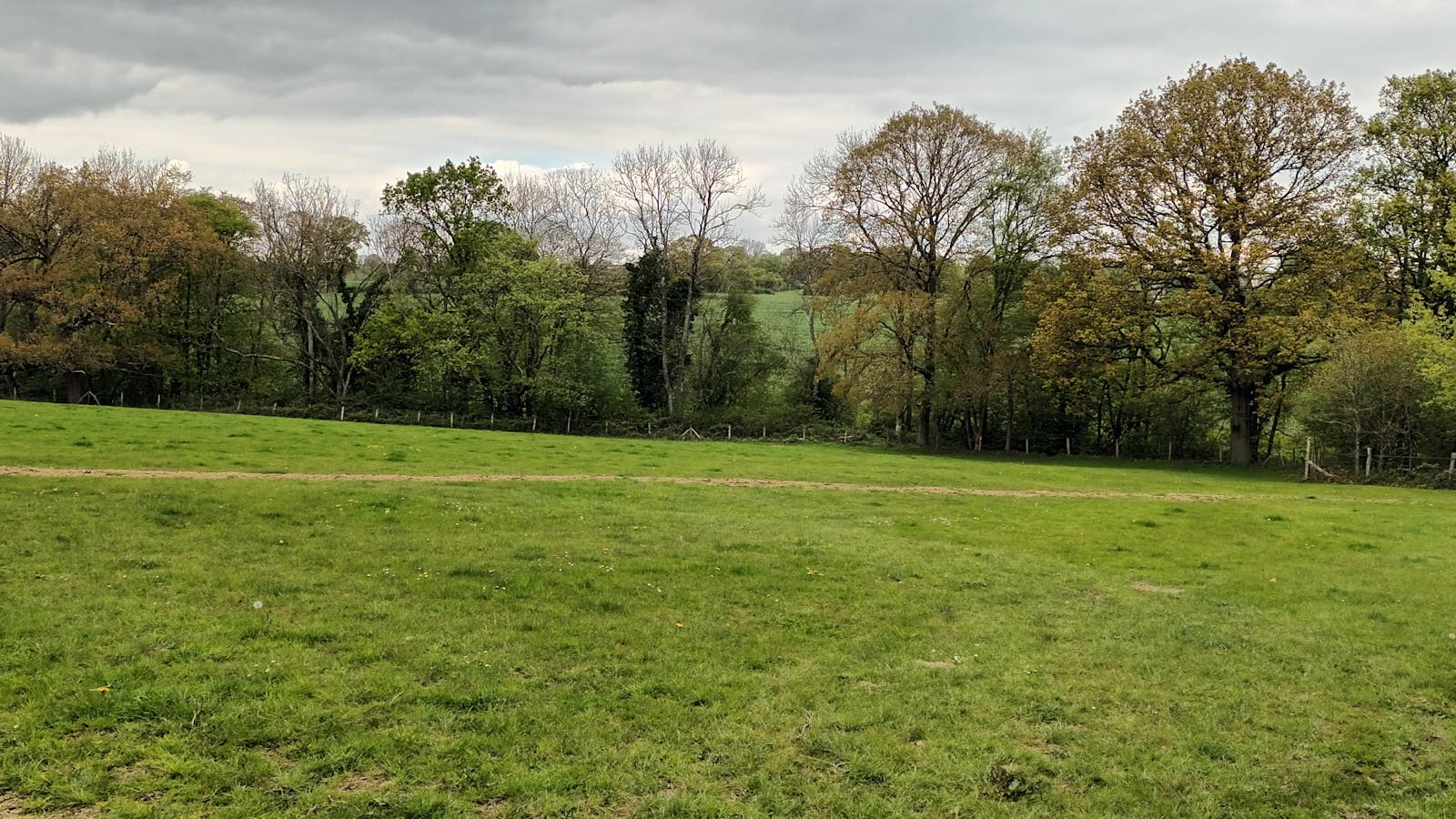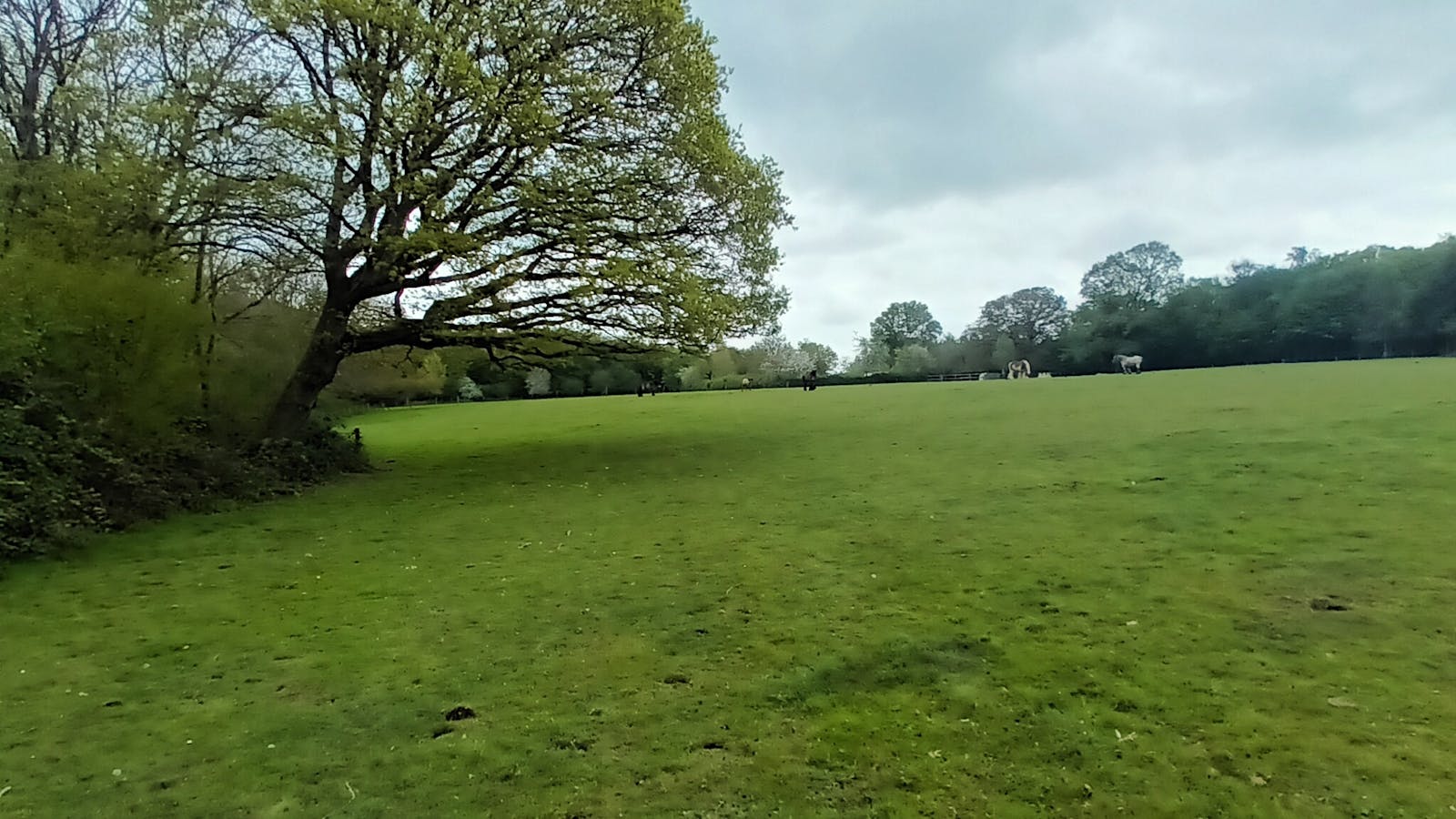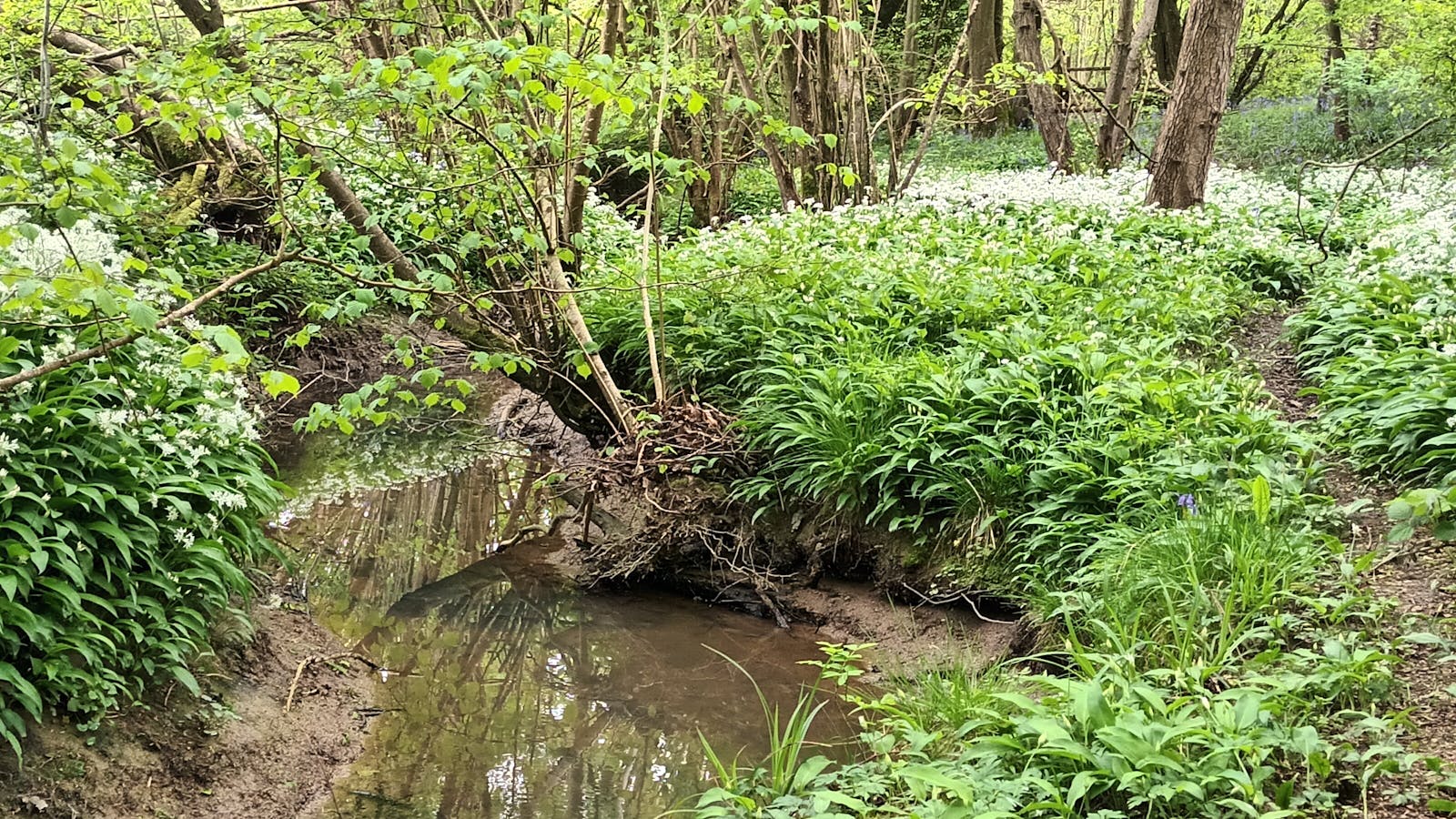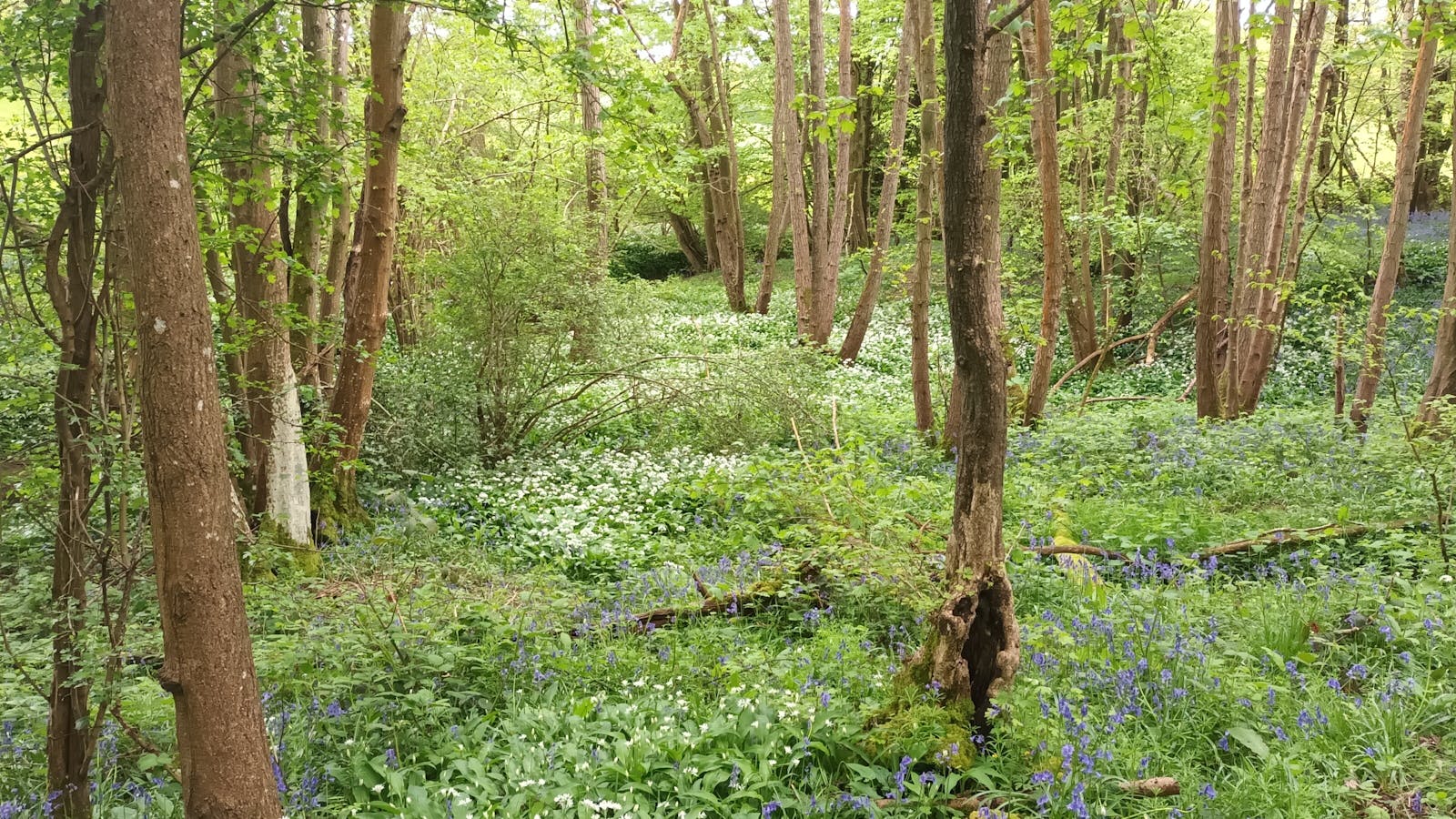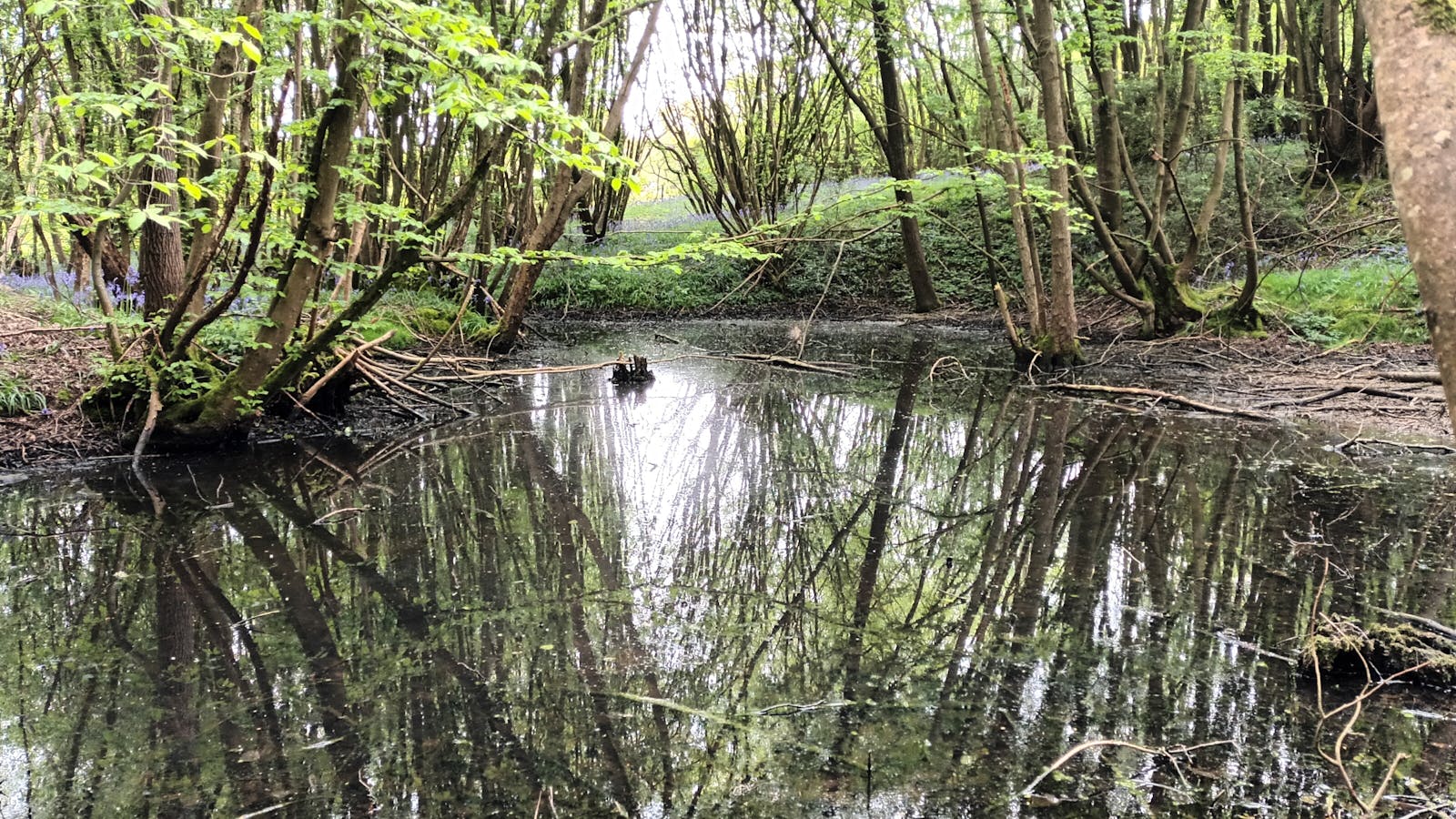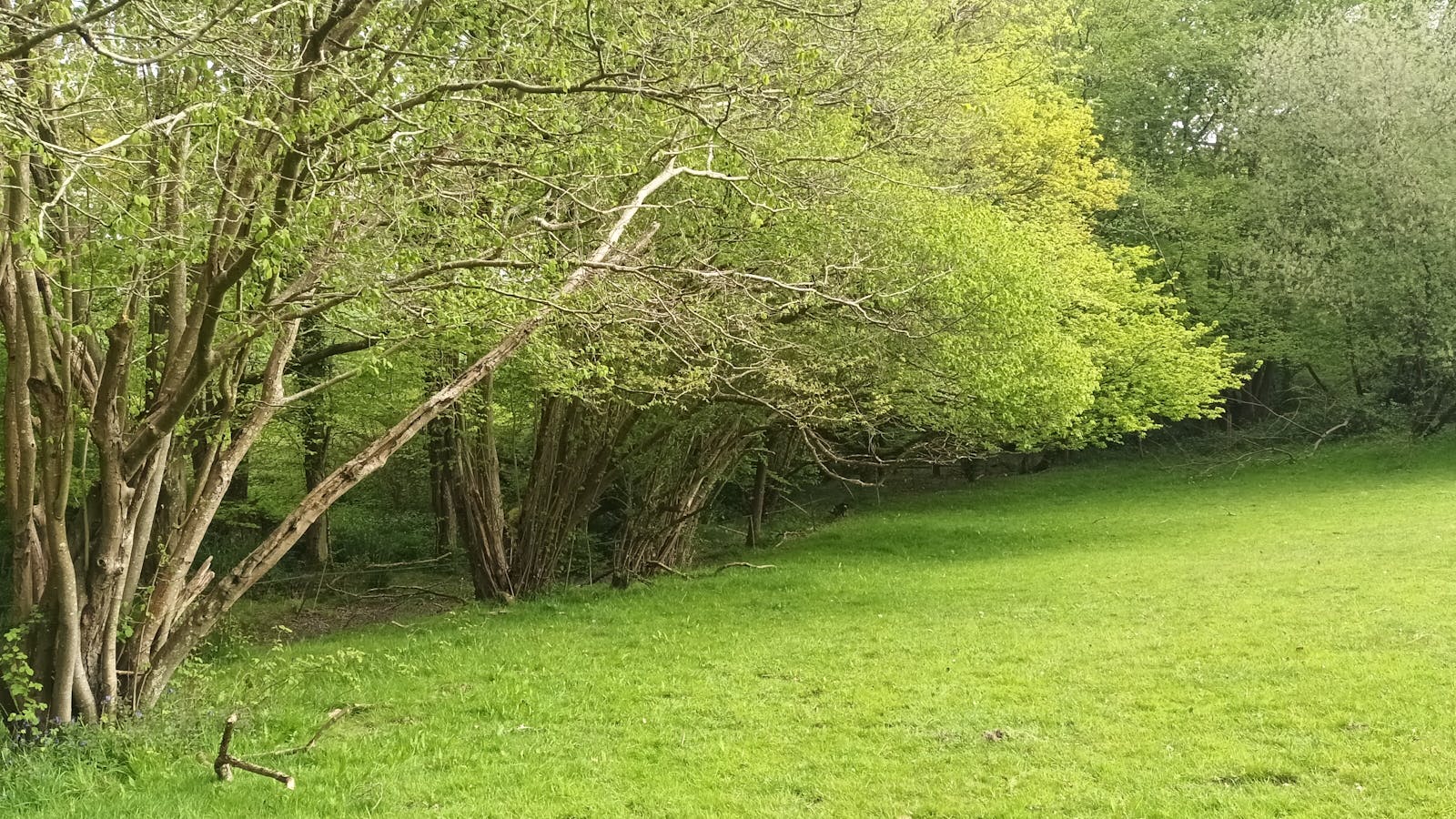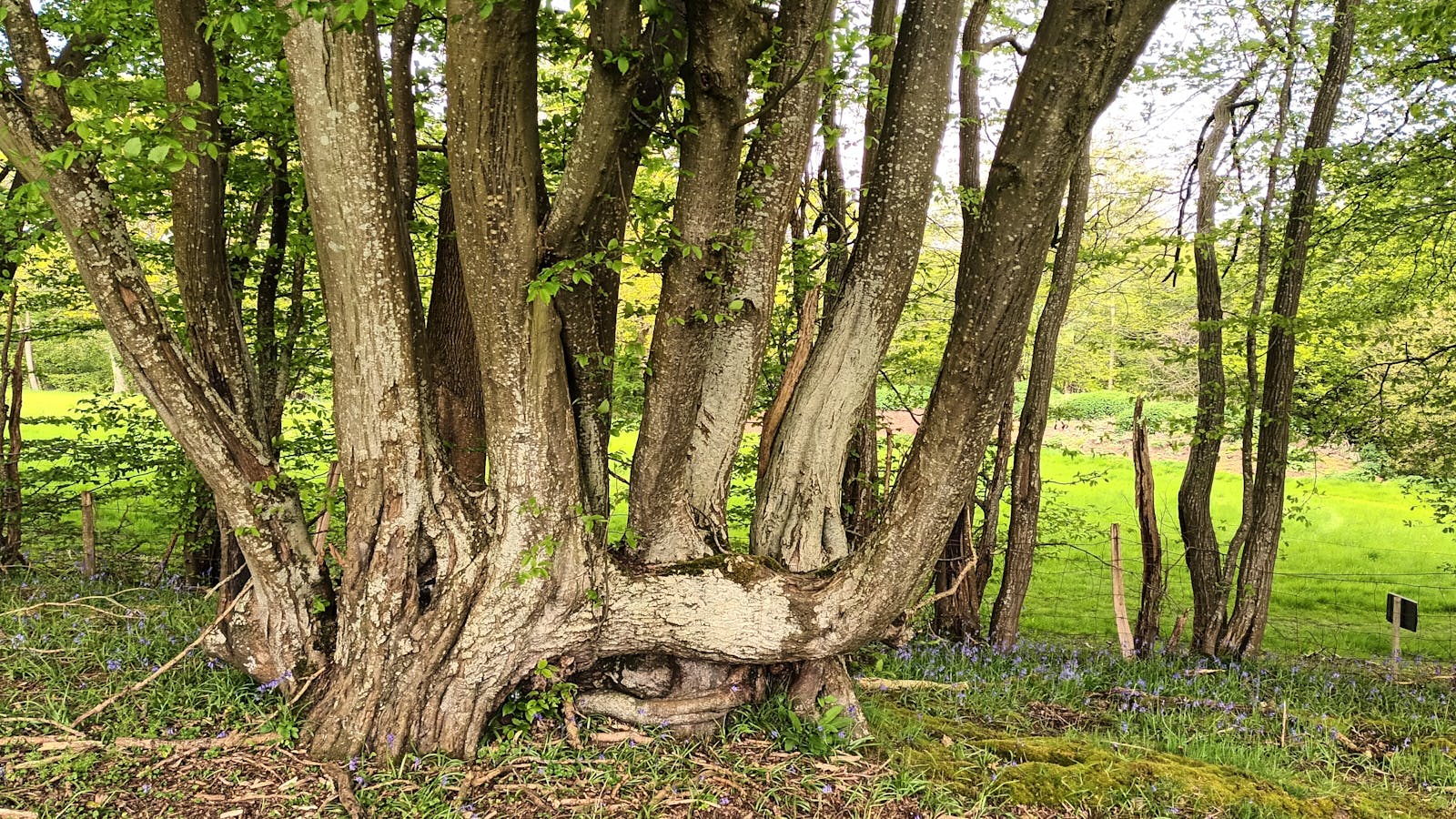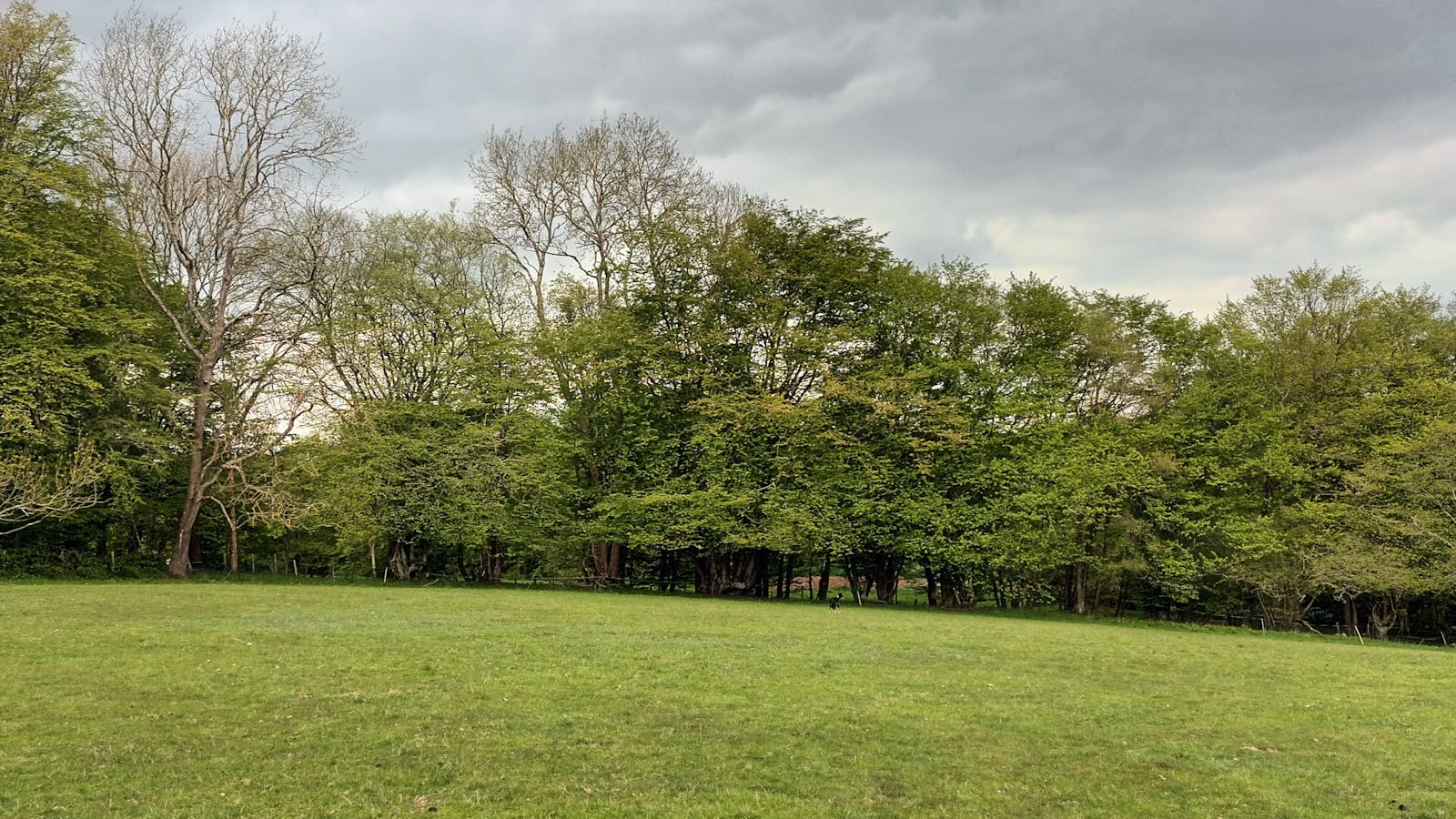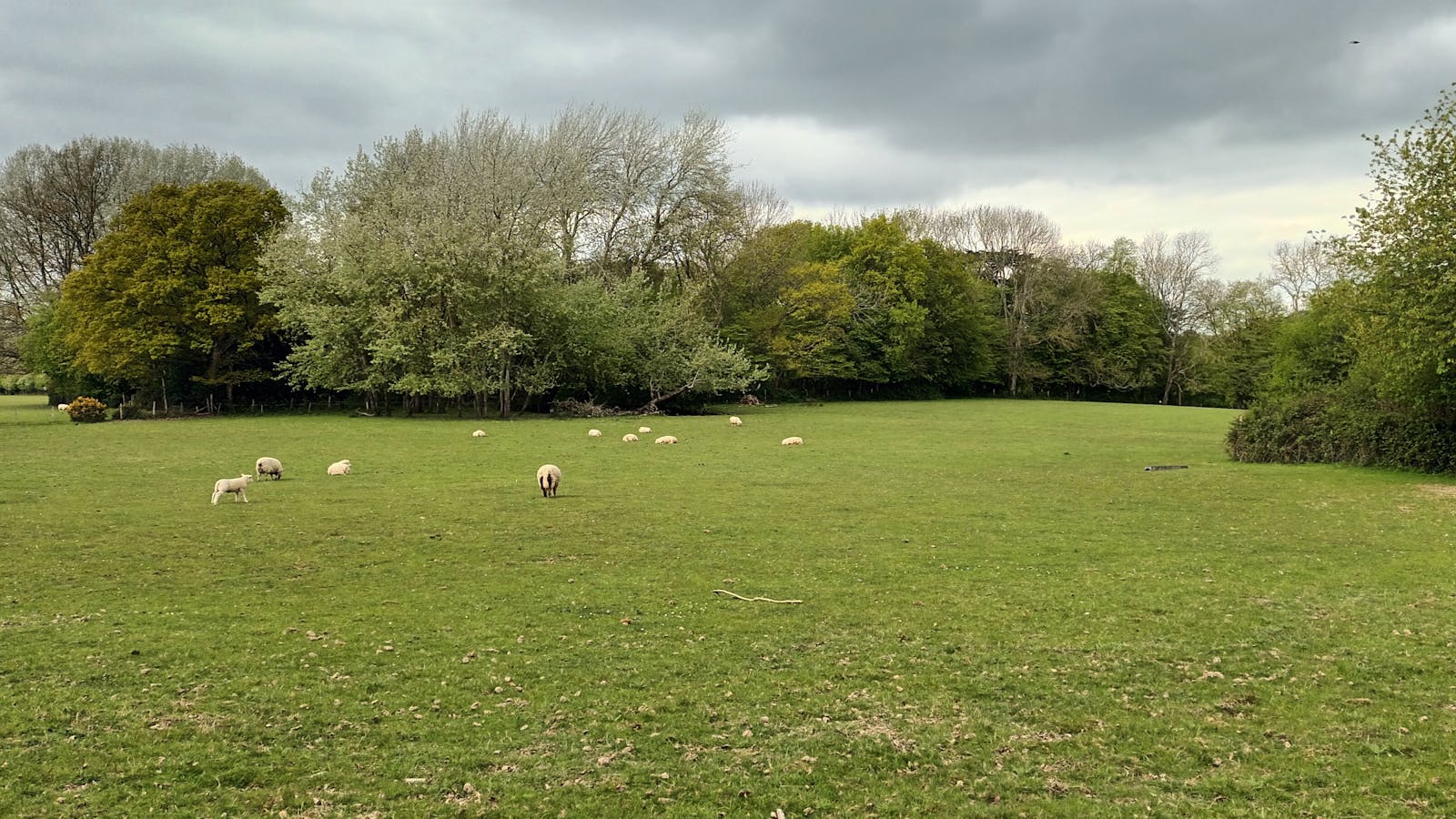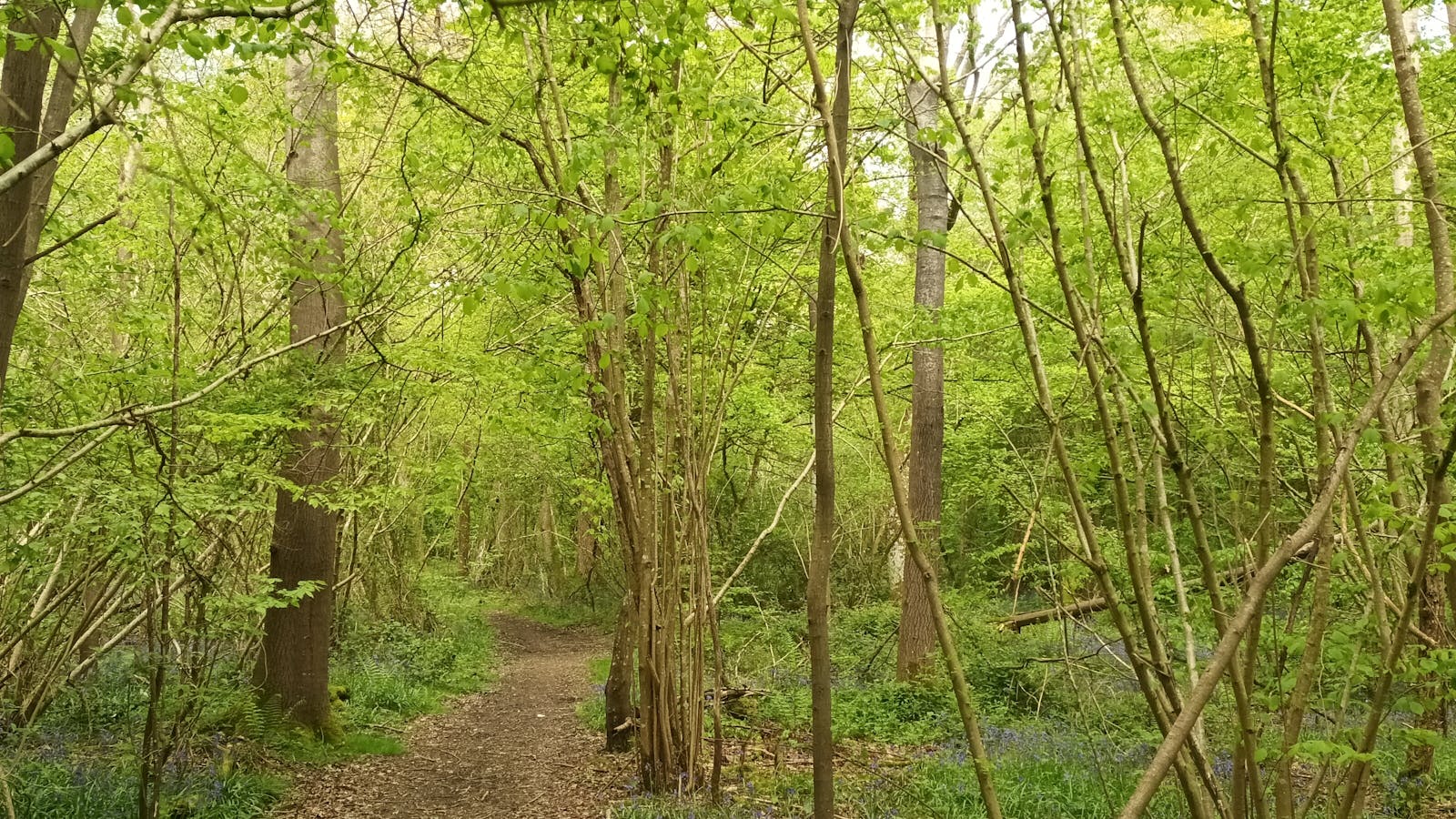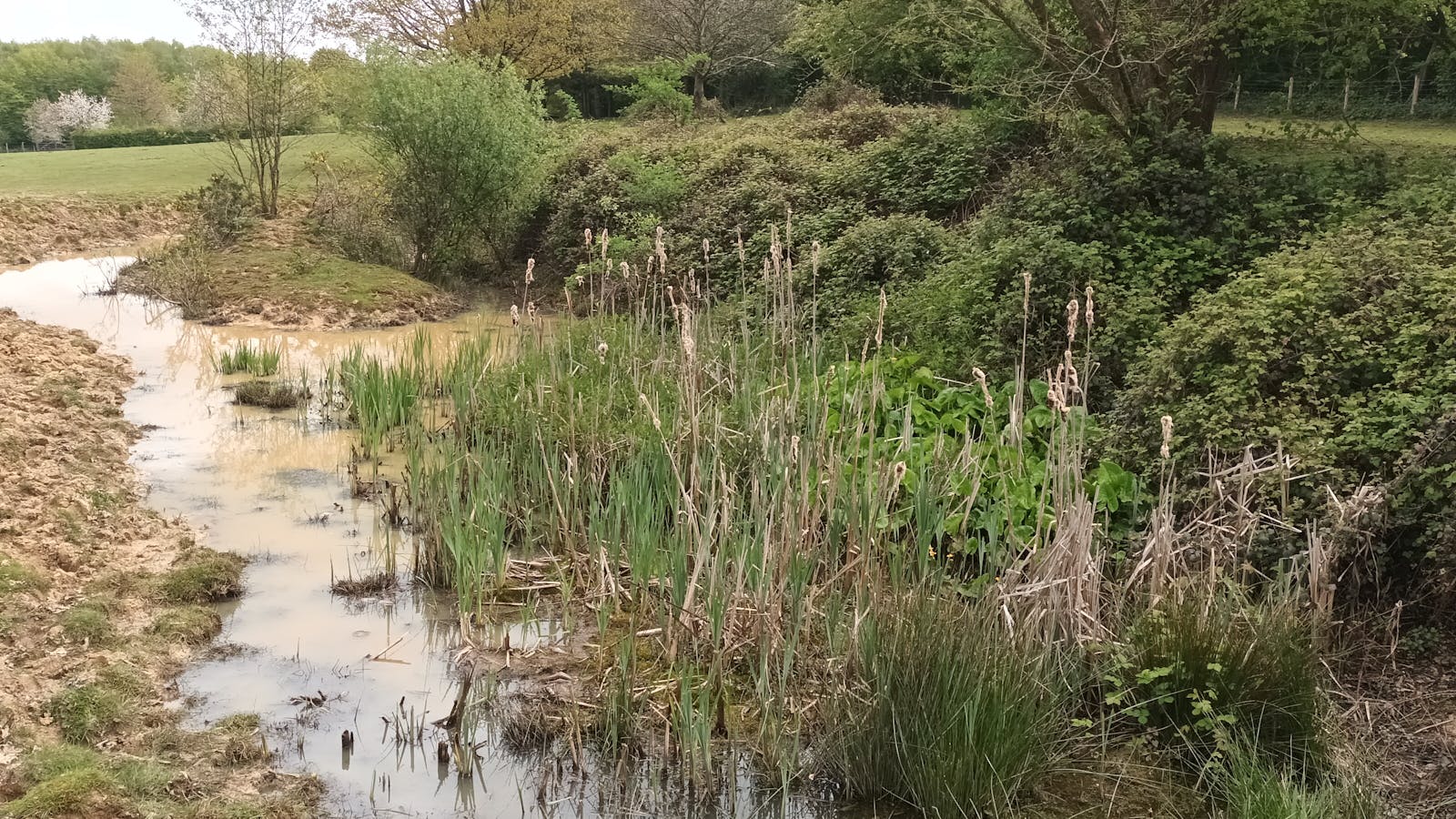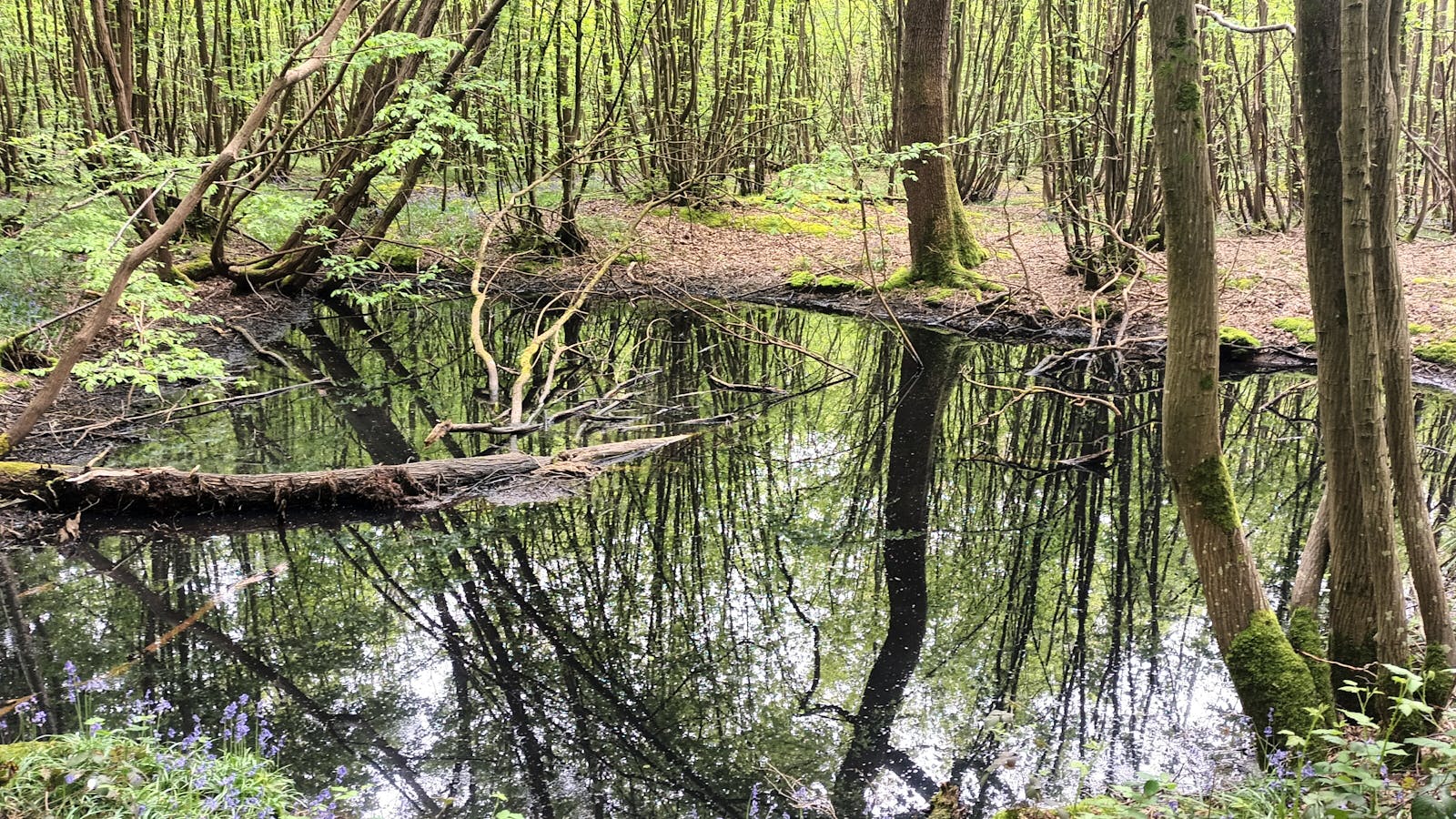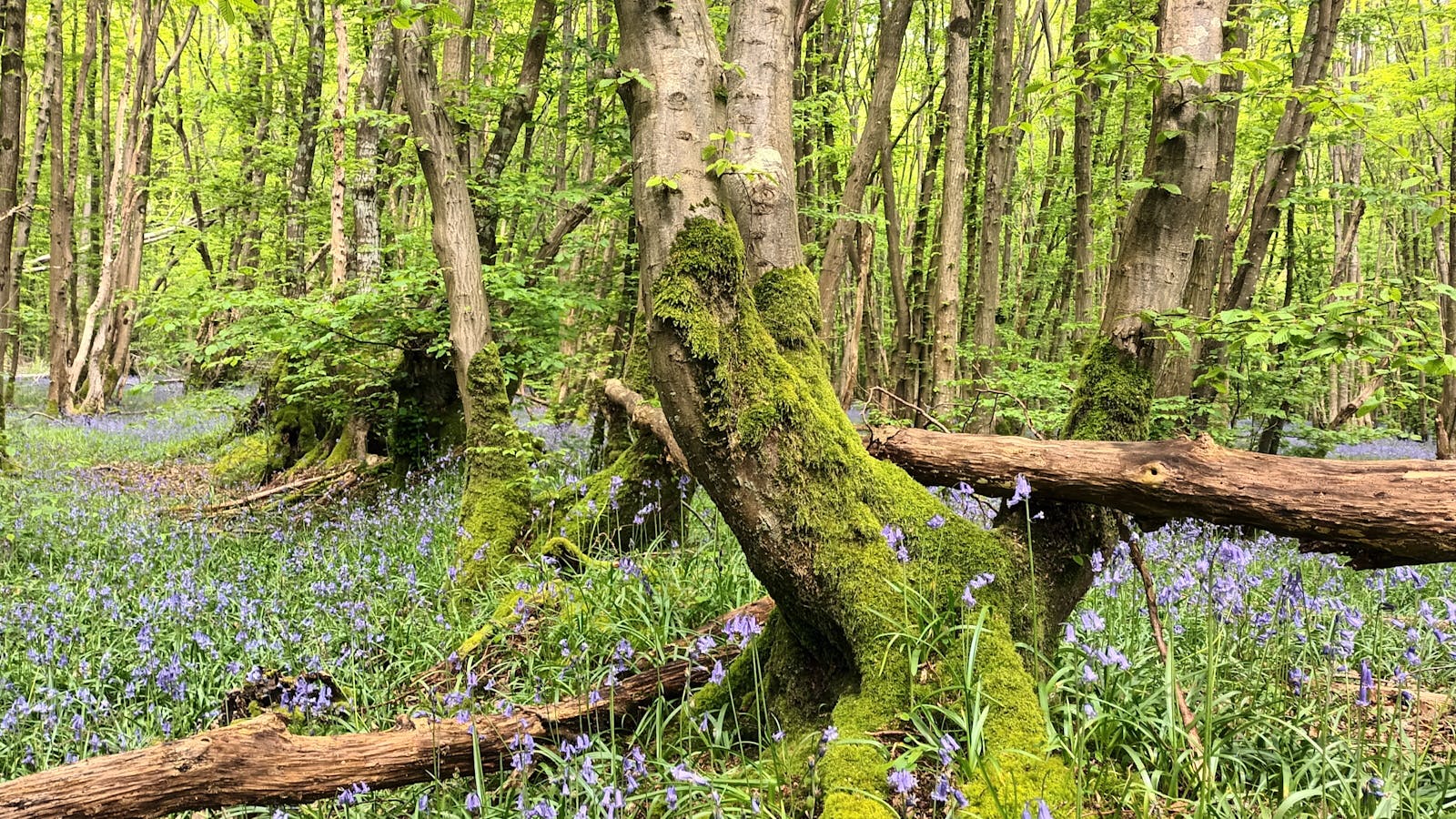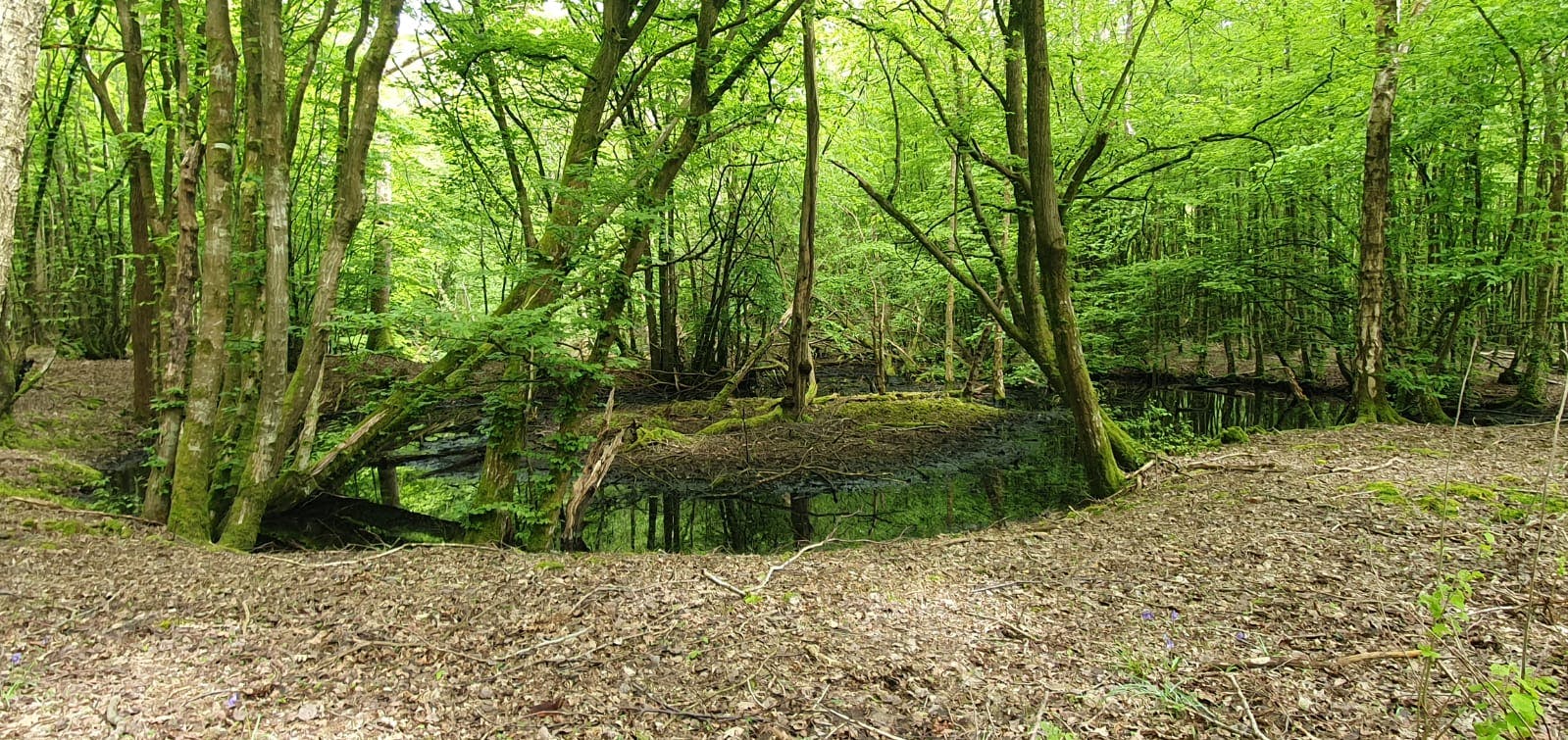
Whippletree Farm - Pond WoodBNG offset site
Local Planning Authority: Ashford District
National Character Area(s): Low Weald
OS grid ref: TQ 90413 36265
Postcode: TN26 3JE
What3words: ///strumming.orbited.liner
Habitat units available - Surveyed 2024
A total of 31.839 habitat units, 0.831 hedgerow units and 0.177 watercourse units.
Grassland
Lowland meadows (Very high distinctiveness) - 15.941 units
Woodland
Lowland mixed deciduous woodland (High distinctiveness) - 13.187 units
Other woodland; broadleaved (Medium distinctiveness) - 0.215 units
Heathland and Scrub
Mixed scrub (Medium distinctiveness) - 1.597 units
Ponds and Lakes
Ponds (non-priority habitat) (Medium distinctiveness) - 0.732 units
Individual trees
Rural trees (Medium distinctiveness) - 0.166 units
Hedgerow
Native hedgerow - 0.104 units
Species-rich native hedgerow - 0.529 units
Species-rich native hedgerow with trees - 0.197 units
Watercourse
Ditch - 0.177 units
Site description
Whippletree Farm (Pond Wood) is a 16.8 ha site located around 3 km northeast of Tenterden, just south of the village of High Halden.
It contains a large amount of ancient semi-natural woodland which forms a large part of the Local Wildlife Site AS04 Knock Wood, Tenterden, a large mosaic of ancient high weald woodland with many old layered woodbanks, containing up to 44 ancient woodland indicator plants.
Harbourne stream runs along the north-easterly edge of the land, creating damp conditions ideal for ferns and other shade and moisture-loving woodland species.
Pond Wood contains 8 ponds in which 5 are ancient iron ponds. One of the ponds is a regionally rare "black water" dystrophic pond with floating islands of sphagnum moss. This highly specialised habitat has potential to support rare acid-loving species such as Bladderworts, White Water Lily, Bog Pondweed, Bogbean, White or Brown Beak-sedge, Least Bur-reed, and Bulbous Rush.
Four reptile species (common lizard, slow worm, grass snake, and adder) and five amphibians including the rare great crested newt have been recorded on site.
Historically, the 13 hectares of woodland were actively managed as a coppice with standards system.
The past neglect of the woodland has resulted in a reduction in the range of associated species. Hence, the continued re-introduction of active management hoping to promote colonisation by species such as herb paris, moschatel and orchids, whilst also encouraging bird species that favour coppice woodland like nightingale, sparrowhawk, and nuthatch. Rare mammal species like the dormouse, which favour hazel underwood with canopy trees, may also colonise the site.
The current habitats on site include other neutral grassland, lowland mixed deciduous woodland, bramble scrub, non-priority ponds, individual trees, native hedgerows, native hedgerow with trees and ditches.
The other neutral grassland will be enhanced to lowland meadows, a rare priority habitat that has declined by more than 97% since the 1950s.
The bramble scrub with be enhanced to mixed scrub with additional areas of scrub being created between the grassland and the woodland edge, to provide ample feeding and nesting opportunity for a range of species, particularly the reptiles and amphibians that use the numerous ponds, as well as scrub-loving birds such as bullfinch and nightingale.
Additional ponds and other broadleaved woodland will be created, with the existing lowland mixed deciduous woodland being enhanced to support the woodland's eponymous ponds and to better support its amphibian, invertebrate and plant communities.
Species-rich native hedgerows will be created and indivudal trees enhanced.
Fill out a form at the bottom of this page or email your development's BNG metric to bngenquiries@adonisblue.org.uk for a free BNG consultation.
These units are valid for a maximum of two years, provided site conditions do not significantly change. If more than two years have lapsed between the site survey and habitat works being undertaken, an updated survey will be necessary to ensure recommendations remain valid.

Habitat Transitions


Site Photos
